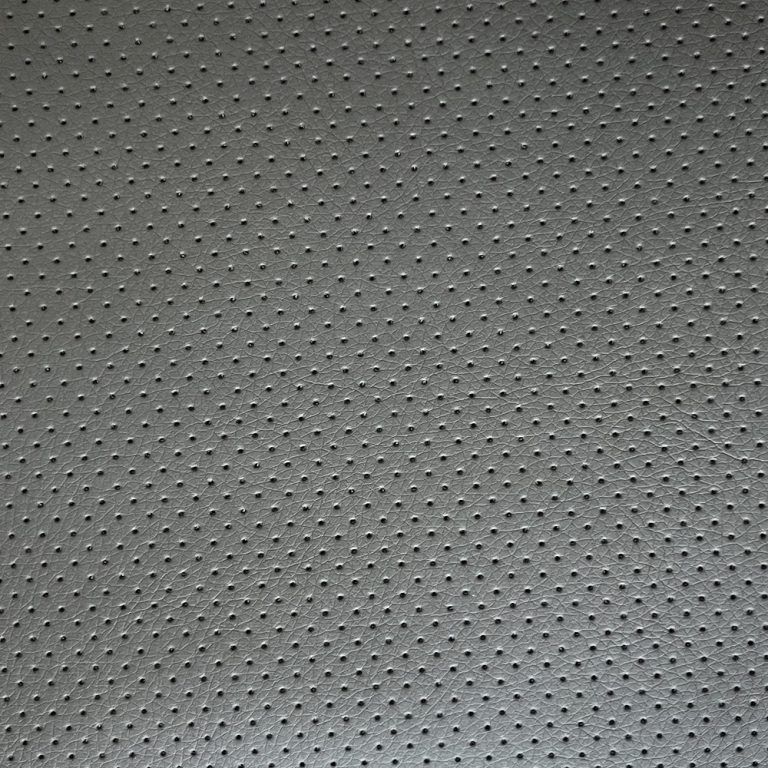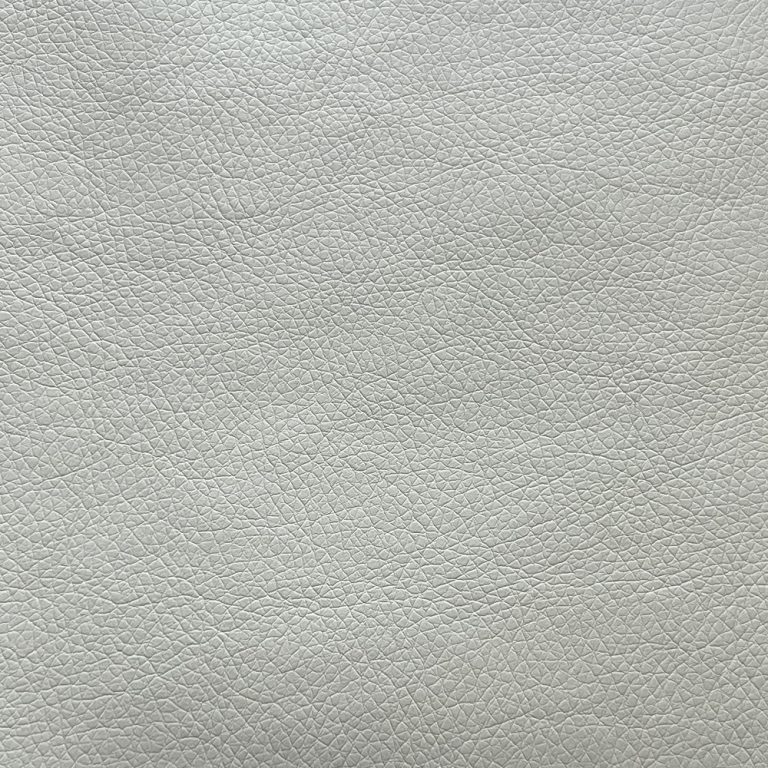Pros and Cons of Using Polyurethane (PU) Material for Shoe Soles
Polyurethane, commonly referred to as PU, is a versatile material that has found its way into various industries, including the footwear industry. When it comes to shoe soles, PU has become a popular choice due to its durability, flexibility, and lightweight properties. However, like any material, there are both pros and cons to using PU for shoe soles.

One of the main advantages of using PU for shoe soles is its durability. PU is known for its ability to withstand wear and tear, making it a long-lasting option for shoe soles. This means that shoes made with PU soles are less likely to wear out quickly, providing consumers with a product that will last for a longer period of time.
In addition to its durability, PU is also a flexible material. This flexibility allows for greater comfort and support for the wearer, as the shoe sole can easily bend and move with the foot. This is especially important for athletic shoes, where flexibility is key to performance and comfort.
Another benefit of using PU for shoe soles is its lightweight nature. PU is a lightweight material, which means that shoes made with PU soles are lighter and more comfortable to wear. This is particularly advantageous for individuals who are on their feet for long periods of time, as lighter shoes can help reduce fatigue and strain on the feet and legs.
Despite its many advantages, there are some drawbacks to using PU for shoe soles. One of the main concerns with PU is its environmental impact. PU is a synthetic material that is derived from petroleum, which is a non-renewable resource. This means that the production of PU can have a negative impact on the environment, as it contributes to the depletion of natural resources and the emission of greenhouse gases.
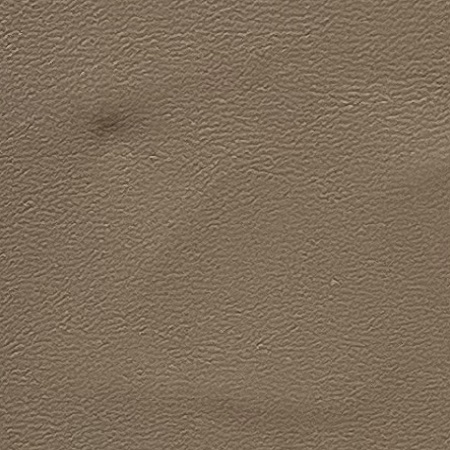
| No. | Article Name |
| 1 | Shoe Upper |
Another downside to using PU for shoe soles is its potential for off-gassing. PU is a type of plastic, and like other plastics, it can release harmful chemicals into the air over time. This off-gassing can be harmful to both the environment and human health, as it can contribute to air pollution and respiratory issues.
In conclusion, there are both pros and cons to using PU for shoe soles. While PU offers durability, flexibility, and lightweight properties, it also has environmental and health concerns that should be taken into consideration. As with any material, it is important for manufacturers and consumers to weigh the benefits and drawbacks of using PU for shoe soles and make informed decisions based on their individual needs and values.

